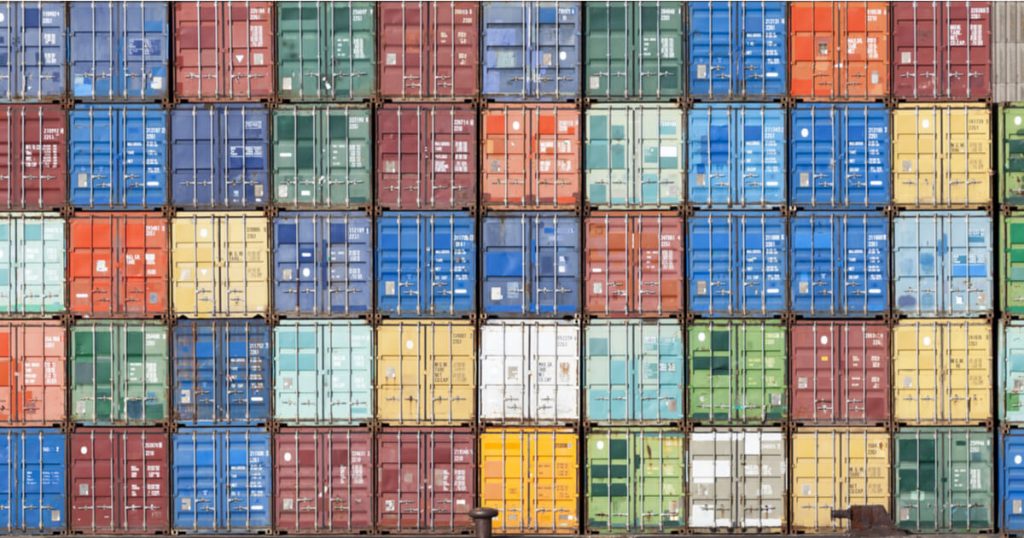The BDI dry bulk shipping index has sunk to its lowest point since June 2020. Jefferies analyst Omar Nokta has conceded spot rates have had a slower start in 2023 but believes “the ingredients are in place for a recovery in the coming months.”
Rate weakness includes seasonality, the early Lunar New Year holiday, and China’s COVID-19 policy. The upswing could be due to China reopening, but it could also be signaling worsening recessionary pressures globally.
Dry bulk
Dry bulk, the world’s most significant ocean trade by volume, is almost always weak in Q1 and is more exposed to China than any other shipping segment. The Baltic Dry Index (BDI) fell to 740 points on Monday, its lowest level since June 2020 (down 41% since Jan. 2021 and 87% since its peak in Oct. 2021).
Spot rates for Capesizes, Panamaxes, and Supramaxes were $6,100/day, $9,500/day (halved from a year ago), and $7,200/day (down 63%). Despite the rate drops, dry bulk stocks rose as investors anticipated a rebound, with Star Bulk and Genco Shipping & Trading up 14% and 12% YTD, respectively.
According to BTIG’s Gregory Lewis and Nokta, the BDI is expected to rebound 10% one month post-Chinese New Year and 30% two months post-Chinese New Year, with tankers and dry bulk the biggest beneficiaries.
Crude and product tankers
Crude and product tanker rates remain very profitable, much higher than last year but down sharply from Q4 highs. Modern-built VLCCs (2M barrels) were at $38,200/day Monday (Clarksons), triple the year-ago rate but two-thirds less than the $119,600/day late Nov high. Suezmaxes (1M-barrel capacity) and Aframaxes (750,000 barrels) were affected by Russian crude sanctions. Poten & Partners estimates that trade disruptions since the war began have tripled the combined demand for these tankers measured in ton-miles. Rates for modern-built Aframaxes were $80,200/day on Monday, over 5x rates a year ago but down from $111,400/day in Nov. Product tanker rates are also down, but drivers of further strength ahead. LR2 product tankers averaged $36,700/day on Monday, less than half the $88,100/day high in early December. MR product tanker rates averaged $26,800/day, down almost two-thirds from $74,700/day in early December, driven by U.S. Gulf exports. U.S. Gulf refineries ramping up, EU ban on Russian imports starting Feb. 5 should substantially increase ton-miles, boosting LR2 tanker demand from Asia and the Middle East.
LNG and LPG shipping
The war sent spot rates for benchmark TFDE carriers to a historic high of $455,000/day, but by Monday, rates had fallen to $68,300/day due to ample capacity and optimism about post-winter gas inventories. Additionally, the LNG and LPG order books are high, representing 52% and 22% of tonnage on the water, respectively. Rates for modern-built VLGCs averaged $39,900/day on Monday, roughly in line with rates at this time last year and the five-year average, yet less than a third of the recent high of $123,800/day in early December.
Container shipping
Container shipping faces 28% capacity growth in existing tonnage, which Stifel shipping analyst Ben Nolan calls “no way around it.” Spot container freight rates appear to have hit a temporary bottom, while container shipping stocks have arrested their slide since October-December.
Source: https://www.freightwaves.com/news/rough-start-to-2023-for-tanker-dry-bulk-gas-container-shipping












Leave a Comment